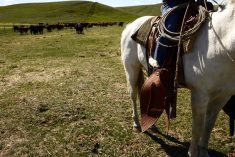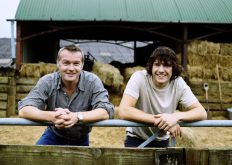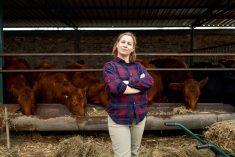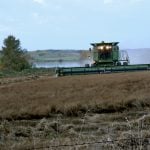An integral component of good grazing management is tracking yield or production. It is how we project carrying capacity and adjust for drier or wetter conditions. It’s also an important part of the planning process. When we switch to a more intensive grazing approach, with multiple paddocks and grazing periods based on plant recovery, tracking production helps us determine if we’re on the right track. Producers do not always look at this in the same way so I will share my calculations and keep it simple.
In confinement situations, livestock’s consumption is always based on percentage of dry matter intake. The range for cattle is between two and three per cent. I’ll use 2.5 for the sake of our examples.
Read Also
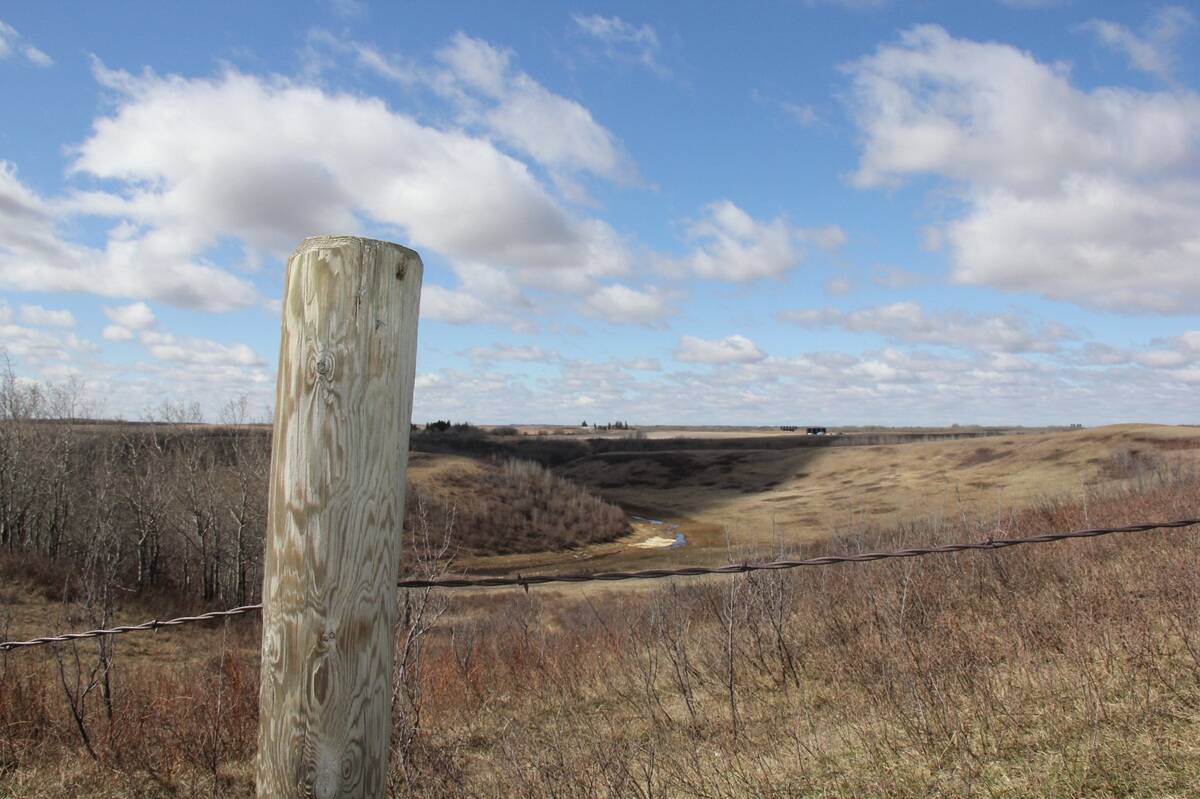
Linking human evolution to leadership on the ranch
Simon Sinek’s new book explains why leaders need to foster a feeling of belonging, trust and co-operation in their organizations
If we are putting out bales for bale grazing, the calculation will be:
- Weight of cow (1,250 lb.) x 0.025 per cent = 31 lb.
- 31 lb./90 per cent = 34 lb. as fed.
Another way is to use three per cent and that usually covers the average dry matter adjustment of hay:
- 1,250 lb. x three per cent = 38 lb./head/day.
These are, of course, estimates and I am not a nutritionist.
However, these formulas apply to grazing as well. Many use a standard animal unit (SAU) as a 1,000-lb. unit and adjust accordingly. The 1,250 lb. cow would be considered 1.25 SAU. In our operation, where we run both cow-calf and yearling, we use a 700-lb. yearling as one animal unit. I fully realize this is not standard, but I think the most important thing is to use the numbers that work best in your operation. So, if we are comparing a yearling to a cow-calf pair, we will use a 2:1 ratio, assuming our cows are around 1,200 lb., with a 200-lb. calf on them.
- MORE ‘Depth of Field’: The intergenerational gap on Canadian ranches
Number of grazing days is the next piece of the equation. Number of animal units x number of grazing days = total animal grazing days. We keep track of these for each paddock (subdivision) and then the total for the entire grazing cell (pasture). For example, if you are counting a 700-lb. yearling as one animal unit and are running 100 yearlings for 120 days, your total grazing days add up to 12,000. To determine grazing days/acre simply divide by the number of acres.
I hope your eyes are not glazing over by now. If you are switching from a continuous grazing program to more intensive, in decent conditions you can usually (dare I say this) expect an increase in production, assuming a few factors such as appropriate recovery time for the plants. Recovery time is the time for a grazed plant to replenish its roots.
Using the above example, your baseline estimate for production can be 12,000 grazing days. As you plan your cattle moves and grazing lengths in subdivided paddocks, you can estimate for each and then total to make sure you are on track.
Another way to check is to compare yield estimates while haying. So, three bales to the acre, with a 1,200-lb. bale, is 3,600 pounds per acre. If the field is 100 acres, that is 360,000 total pounds from the field.
Again, back to the example of the yearling as one animal unit. Assume a yearling consumes 21 lb. per day (700 x 0.03 per cent = 21 lb.). Use the 120 days and one yearling will require 21 x 120 = 2,520 lb. for the grazing season. Total production of 360,000/2,520 = 142 yearlings.
You would make your own adjustments based on your own figures, such as the weight of the cattle and estimated forage production.
The requirements will be quite different if you are aiming to extend the grazing season.
I highly recommend tracking your grazing days. This can be a valuable tool for doing your planning in the following years.
My friend and colleague, forage specialist Grant Lastiwka, recommends these estimates, to try to “right size” your operation. If you have or would like to run a certain number of cows and would like to increase your grazing days by 60, then initially you may consider running fewer head to harvest the same amount of production.
For me, adaptive or planned grazing is a perfect example of how the more I learn, the more I realize how much I do not know. Some refer to good grazing management as more of an art than a science. There is much in grazing planning that I have not even touched on here. One of the basic parameters is to minimize overgrazing by not staying too long or coming back too soon. And the variables are constantly changing — too little rain, too much rain, running out of water, neighbour’s bulls, family weddings.
But a sound plan put together in advance can help as a guide or as guard rails. We are trying to get the animals to the right place, at the right time, for the right length of time and for the right reasons to optimize both animal and plant performance. After many years of working on this, I can say with 100 per cent certainty things will never go exactly as planned. To me “adaptive” is the perfect word to describe the process.



